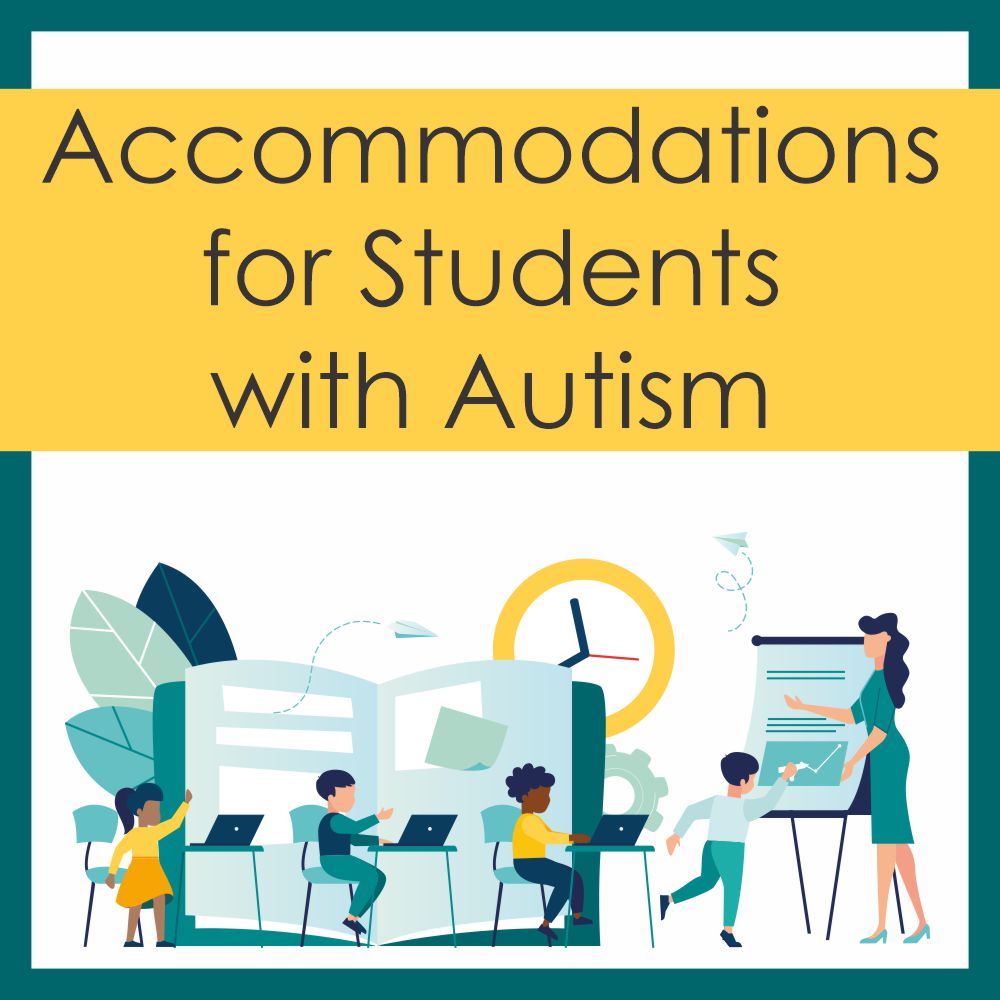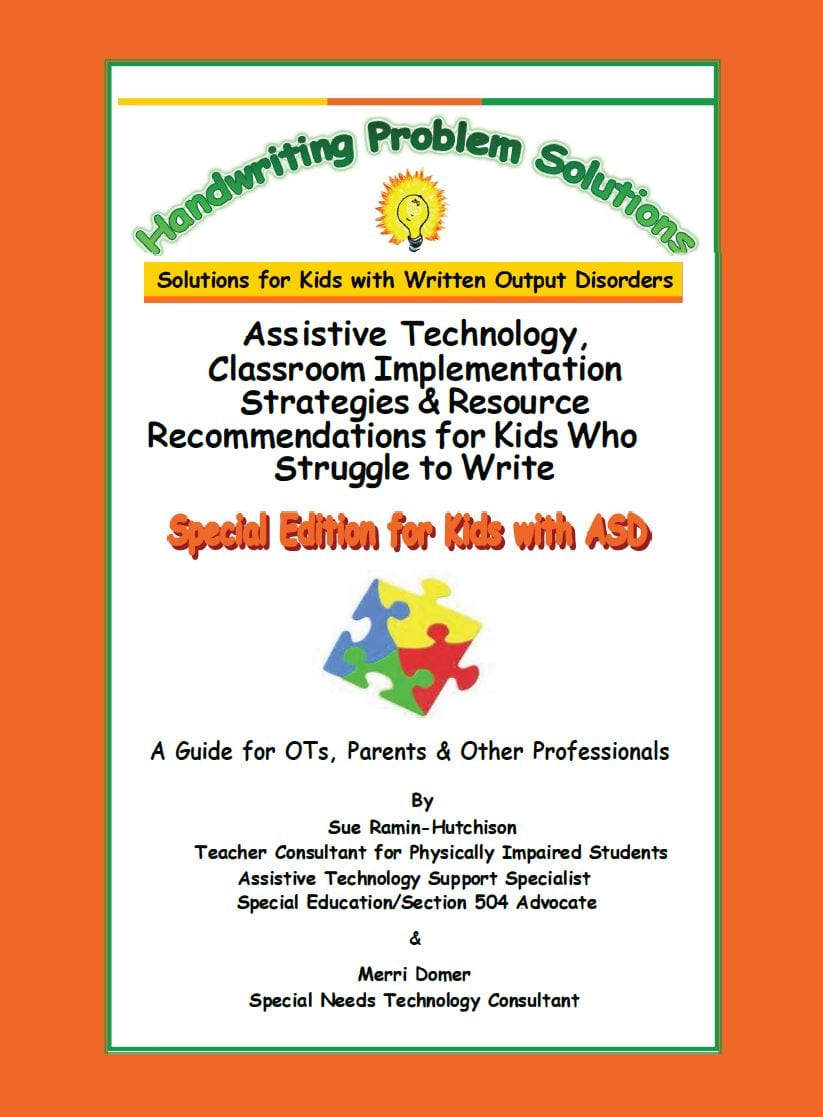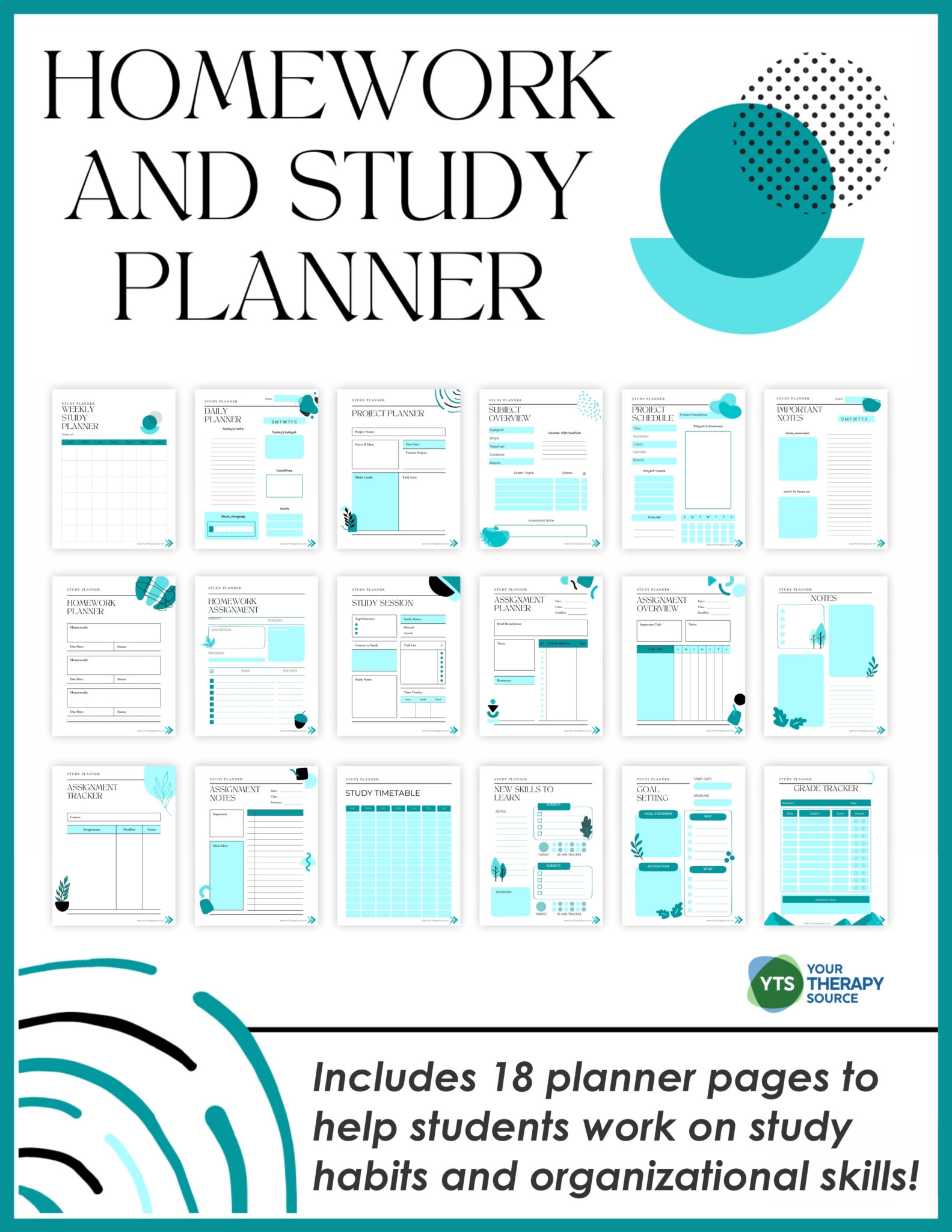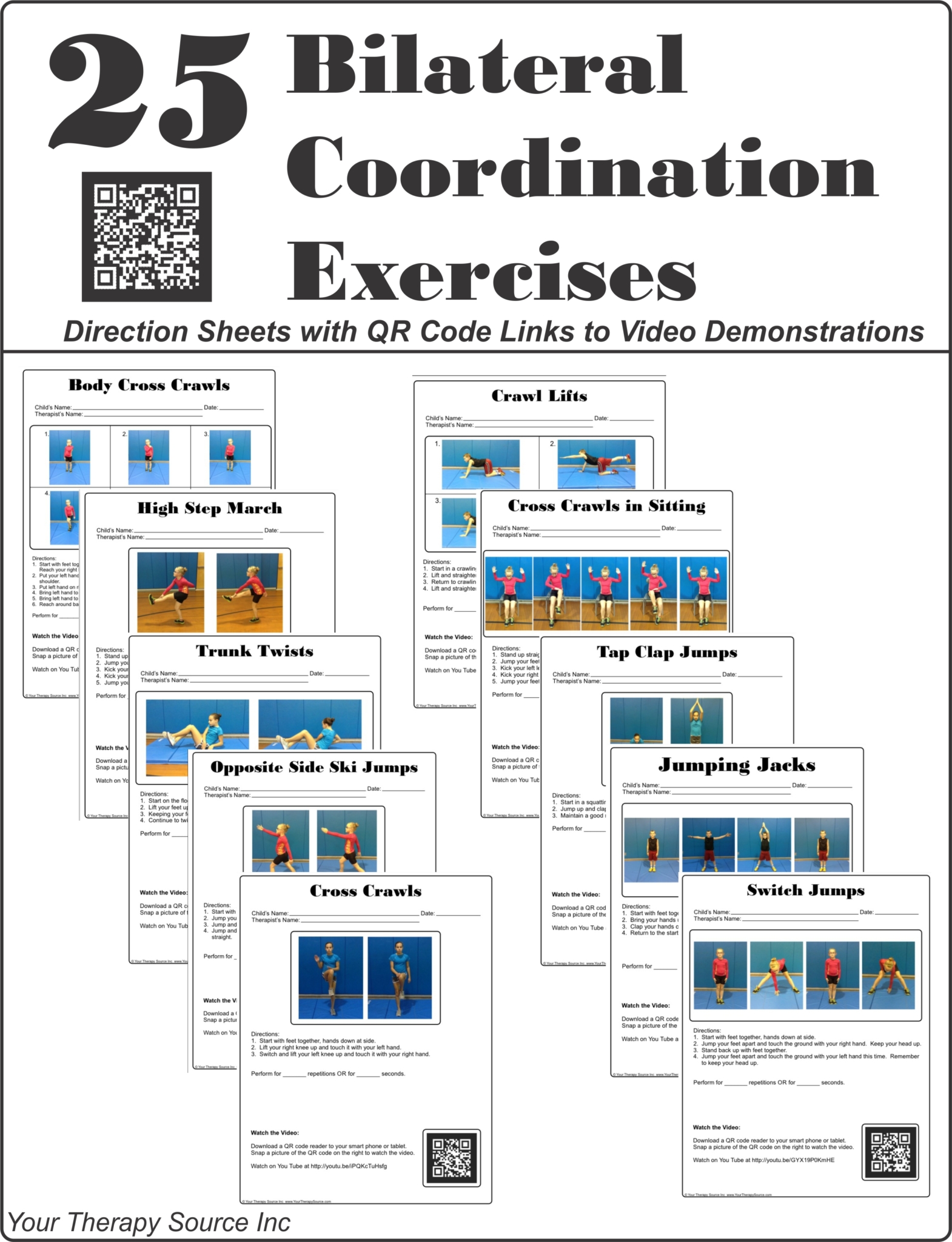Accommodations for Students with Autism

Students with autism require specific accommodations to support their learning and social interactions within the classroom setting. Special education teachers play a vital role in creating an inclusive environment that addresses the unique needs of these students. Educators can facilitate their understanding, minimize anxiety, and promote social skills development by implementing appropriate accommodations. Here are some accommodations for students with autism that special education teachers will come across to help support students with autism in achieving academic and social success.
UNDERSTANDING AUTISM SPECTRUM DISORDER (ASD)
In order to effectively accommodate students with autism, it is essential for special education teachers to have a solid understanding of the disorder. By gaining insights into the characteristics and challenges associated with ASD, teachers can tailor their instructional strategies and provide appropriate accommodations to meet the unique needs of their students.
Autism Spectrum Disorder is a neurodevelopmental disorder that affects social interaction, communication skills, and behavior. A broad range of symptoms characterizes it and can vary in severity, making each student’s experience with ASD unique. While the exact causes of ASD are still being researched, it is widely accepted that a combination of genetic and environmental factors contribute to its development.

Special Edition for Kids with ASD – Recommendations for Kids Who Struggle to Write
DOCUMENTATION FOR ACCOMMODATIONS FOR STUDENTS WITH AUTISM
When it comes to accommodation documentation for students with Autism Spectrum Disorder (ASD), there are several important documents that special education teachers and school staff can utilize. These documents provide a framework for identifying and implementing appropriate accommodations to support students with ASD in their educational settings. Some of these documents may include an IEP (individualized education program), 504 plan, or BIP (behavior intervention plan.) Be sure you read over your students’ documents when working on their accommodations.
When establishing accommodations, be sure to distinguish the difference between modifications and accommodations. These are often confusing terms.
SCHEDULING AND ROUTINES
In order to create a supportive classroom environment, teachers can look carefully at scheduling and routines. Predictable schedules and routines can provide students with autism a sense of security and promote organization. Design daily schedules and clearly communicate them to students. Visual aids, such as visual schedules or task boards, can facilitate understanding and reduce anxiety.
MINIMIZING DISTRACTIONS
Students with autism often struggle with sensory sensitivities. By reducing unnecessary distractions in the classroom, special education teachers can help create an environment conducive to learning. Simple adjustments, such as minimizing visual clutter, using noise-canceling headphones, or providing designated quiet spaces, can greatly enhance students’ focus and attention.
PREFERENTIAL SEATING
Preferential seating can improve student engagement and overall learning experience, especially for students with autism. Teachers can minimize sensory overload and facilitate a better understanding of instructions and class content by strategically positioning these students closer to the teacher or away from distractions.
ADAPTING INSTRUCTIONAL STRATEGIES AS ACCOMMODATIONS FOR STUDENTS WITH AUTISM
There are so many instructional strategies to help students with ASD. Visual supports, such as visual schedules, graphic organizers, and visual cues, are invaluable tools for students with autism. Utilize these resources to enhance instruction, promote comprehension, and support students’ executive functioning skills. Visual supports can provide a visual representation of tasks, facilitate organization, and aid in understanding complex concepts.
BREAKING DOWN ASSIGNMENTS
Complex assignments can be overwhelming for students who struggle with their learning. When special education teachers break down tasks into smaller, manageable steps for ASD students they do them a big favor. This approach helps students understand expectations, stay focused, and complete assignments successfully. Providing clear instructions can further enhance comprehension.

Study Skills and Student Homework Planner
REDUCE THE AMOUNT OF WRITING IN ASSIGNMENTS
Reducing the amount of writing for students with autism can be beneficial for several reasons. Students with autism often experience challenges in various areas, including fine motor skills, sensory sensitivities, and difficulties with expressive language. Tasks involving written expression require students to simultaneously process and organize their thoughts, construct sentences, and form letters or words. This cognitive load can be overwhelming for students with autism who may struggle with executive functioning skills and processing information efficiently.
PROMOTING SOCIAL SKILLS AND INTERACTION
Special education teachers can create structured opportunities for students with autism to practice and develop social skills. This can include structured group activities with their peers, social skills lessons, or cooperative learning experiences. By explicitly teaching social rules, modeling appropriate behaviors, and providing guided practice, special education teachers can support students in improving their social interactions.
EXERCISE PROGRAMS AS ACCOMMODATIONS FOR STUDENTS WITH AUTISM
Physical exercise has been shown to positively affect emotional well-being and reduce stress. Students with ASD may experience difficulties in managing emotions and regulating stress. Engaging in an autism physical exercise program helps release endorphins, which can improve mood, reduce anxiety, and enhance overall emotional well-being. Regular exercise helps improve physical health and motor skills in students with ASD. It promotes cardiovascular fitness, strengthens muscles, enhances coordination, and develops gross and fine motor skills.

25+ Bilateral Coordination Exercises
ENCOURAGE POSITIVE BEHAVIORS
Encouraging positive behaviors helps students with ASD develop a sense of competence, self-worth, and confidence in their abilities. When they receive recognition and praise for their efforts and accomplishments, it reinforces their belief in themselves and motivates them to continue engaging in positive behaviors. Positive reinforcement can go a long way!
REDUCING ANXIETY
Students with autism often experience anxiety in social situations. There are various strategies to alleviate anxiety, such as providing a quiet space for breaks, implementing calming techniques (e.g., deep breathing exercises), and using social stories or role-playing to prepare students for social interactions. By addressing anxiety, teachers can help students feel more comfortable and confident in social settings.
LEVERAGING ASSISTIVE TECHNOLOGY
When assistive technology is used, it can greatly benefit students with ASD by providing additional support and enhancing their learning experience. Explore the use of apps, software, and devices specifically designed to support students with autism. For instance, communication apps or visual schedule apps can assist students in expressing their needs and following routines. The apps used can be relatively low tech, or high tech depending on the interests of the students.
Accommodating students with autism requires special education teachers to employ various strategies to optimize instruction, promote social interaction, and support individual needs. By creating a supportive classroom environment and using some of these reasonable accommodations for students with autism, instructors can make a real difference in their students’ lives!


